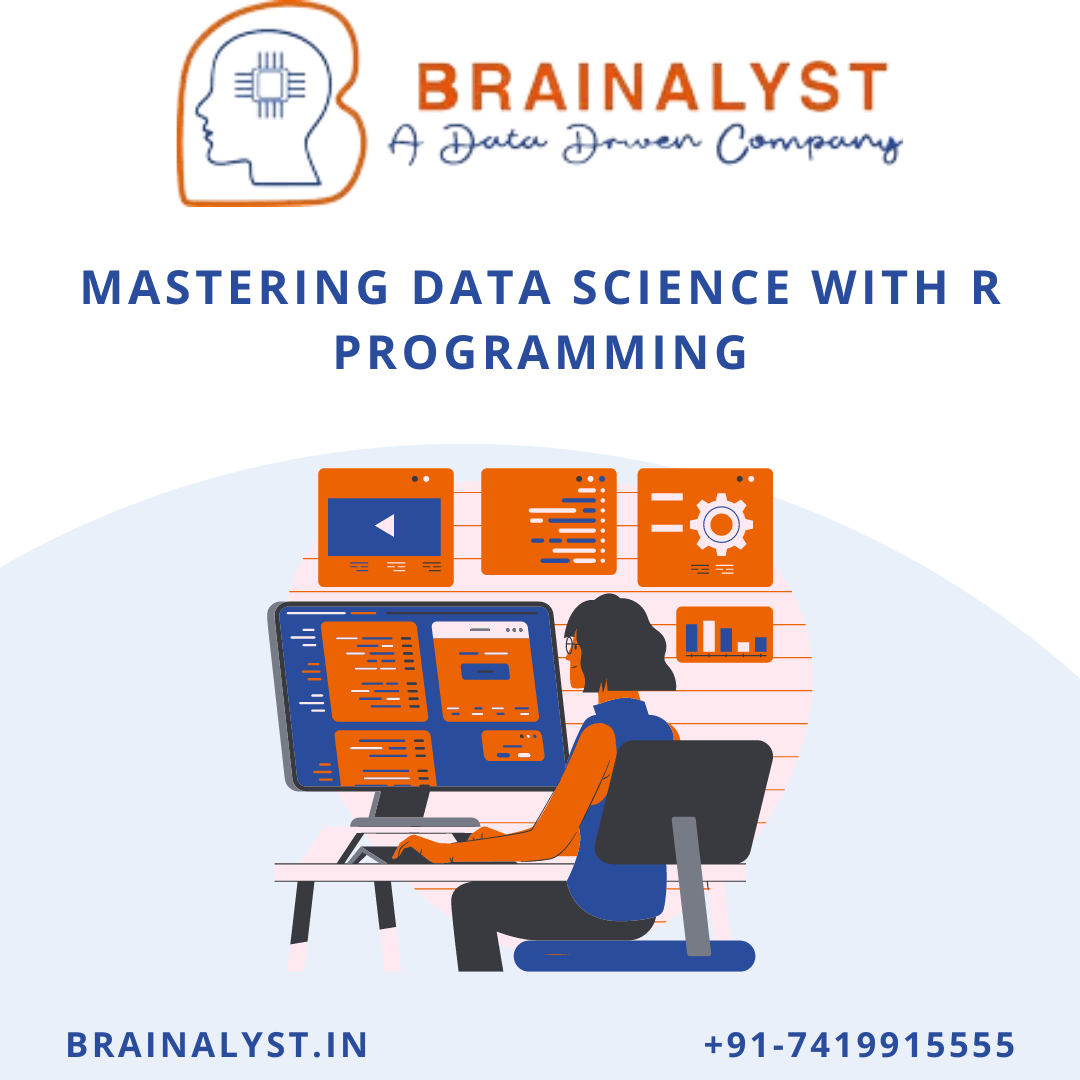Data science has become integral to many businesses and organizations across different industries. The use of data to inform decision-making and predict future trends has become increasingly popular, and data scientists are in high demand. R programming has emerged as a popular language for data science due to its versatility, robustness, and ease of use. This article will explore the world of data science with R programming.
What is Data Science?
Data science is a field that combines statistical analysis, programming, and domain expertise to extract insights and knowledge from data. It is used in various fields, such as business, healthcare, finance, and marketing. Data science involves several stages: data collection, cleaning, exploration, modelling, and visualization.
What is R Programming?
R is a programming language and software environment for statistical computing and graphics. It was developed in the mid-1990s by Ross Ihaka and Robert Gentleman at the University of Auckland, New Zealand. R is a powerful tool for data analysis and statistical modelling, and it is widely used by data scientists, statisticians, and researchers.
Why use R Programming for Data Science?
There are several reasons why R programming has become famous for data science:
- Open Source: R is open-source software which is freely available to use and modify. This has led to a large and active community of developers who contribute to the language and create new packages.
- Rich Packages Ecosystem: R has a vast ecosystem of packages that extend its functionality for data manipulation, visualization, and statistical analysis.Users from various backgrounds contribute these packages, which you can download from the Comprehensive R Archive Network (CRAN).
- Data Visualization: R has powerful graphics capabilities that allow users to create publication-quality graphics, including histograms, scatter plots, and heat maps.
- Statistical Analysis: R has a comprehensive set of statistical tools that enable users to perform various statistical analyses, including regression analysis, time series analysis, and hypothesis testing.
- Reproducibility: R provides an excellent environment for reproducible research. Users have the ability to create scripts automating their analyses, allowing easy sharing and reproduction by others.
Data Science Workflow with R Programming
The data science workflow with R programming involves several steps, including:
- Data Collection: Data can be collected from various sources such as databases, APIs, or web scraping.
- Data Cleaning: Data cleaning involves the process of removing irrelevant or incomplete data, handling missing values, and transforming data into a suitable format for analysis.
- Data Exploration: Data exploration involves visualizing and summarizing the data to gain insights and identify patterns and trends.
- Data Modeling: Data modelling involves building statistical models to explain the relationships between variables and make predictions.
- Model Evaluation: Model evaluation involves assessing the performance of the model and identifying areas for improvement.
- Data Visualization: Data visualization involves creating graphical representations of the data to communicate insights and findings.
R Programming Libraries for Data Science
R programming has a vast library of packages for data science. Some popular packages include:
- dplyr: dplyr is a package that provides a set of tools for data manipulation, such as filtering, selecting, and transforming data.
- ggplot2: ggplot2 is a package that provides a system for creating publication-quality graphics, such as histograms, scatter plots, and box plots.
- tidyr: tidyr is a package that provides tools for transforming data into a tidy format, which is easier to analyze and visualize.
- caret: a package that provides tools for building and evaluating machine learning models, such as classification and regression models.
Conclusion
R programming has become a popular language for data science due to its rich package ecosystem, powerful graphics capabilities, and statistical tools.


